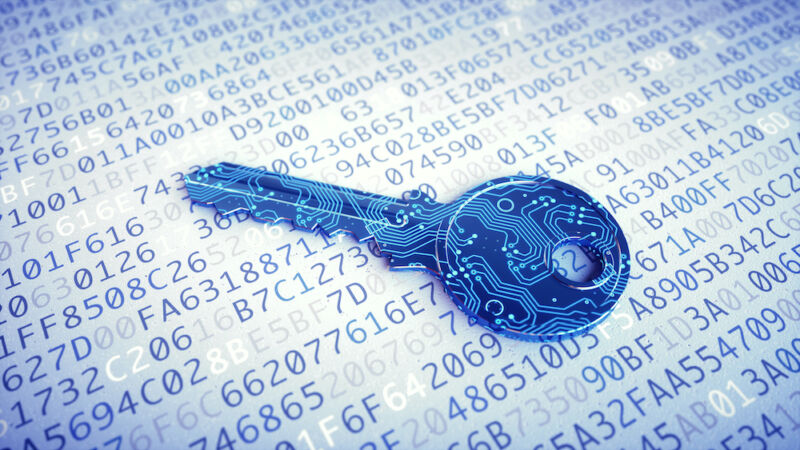
iMessage is getting a major makeover that makes it among the two messaging apps most prepared to withstand the coming advent of quantum computing, largely at parity with Signal or arguably incrementally more hardened.
On Wednesday, Apple said messages sent through iMessage will now be protected by two forms of end-to-end encryption (E2EE), whereas before, it had only one. The encryption being added, known as PQ3, is an implementation of a new algorithm called Kyber that, unlike the algorithms iMessage has used until now, can’t be broken with quantum computing. Apple isn’t replacing the older quantum-vulnerable algorithm with PQ3—it’s augmenting it. That means, for the encryption to be broken, an attacker will have to crack both.
Making E2EE future safe
The iMessage changes come five months after the Signal Foundation, maker of the Signal Protocol that encrypts messages sent by more than a billion people, updated the open standard so that it, too, is ready for post-quantum computing (PQC). Just like Apple, Signal added Kyber to X3DH, the algorithm it was using previously. Together, they’re known as PQXDH.
iMessage and Signal provide end-to-end encryption, a protection that makes it impossible for anyone other than the sender and recipient of a message to read it in decrypted form. iMessage began offering E2EE with its rollout in 2011. Signal became available in 2014.
One of the biggest looming threats to many forms of encryption is quantum computing. The strength of the algorithms used in virtually all messaging apps relies on mathematical problems that are easy to solve in one direction and extremely hard to solve in the other. Unlike a traditional computer, a quantum computer with sufficient resources can solve these problems in considerably less time.
No one knows how soon that day will come. One common estimate is that a quantum computer with 20 million qubits (a basic unit of measurement) will be able to crack a single 2,048-bit RSA key in about eight hours. The biggest known quantum computer to date has 433 qubits.
Whenever that future arrives, cryptography engineers know it’s inevitable. They also know that it’s likely some adversaries will collect and stockpile as much encrypted data now and decrypt it once quantum advances allow for it. The moves by both Apple and Signal aim to defend against that eventuality using Kyber, one of several PQC algorithms currently endorsed by the National Institute of Standards and Technology. Since Kyber is still relatively new, both iMessage and Signal will continue using the more tested algorithms for the time being.

